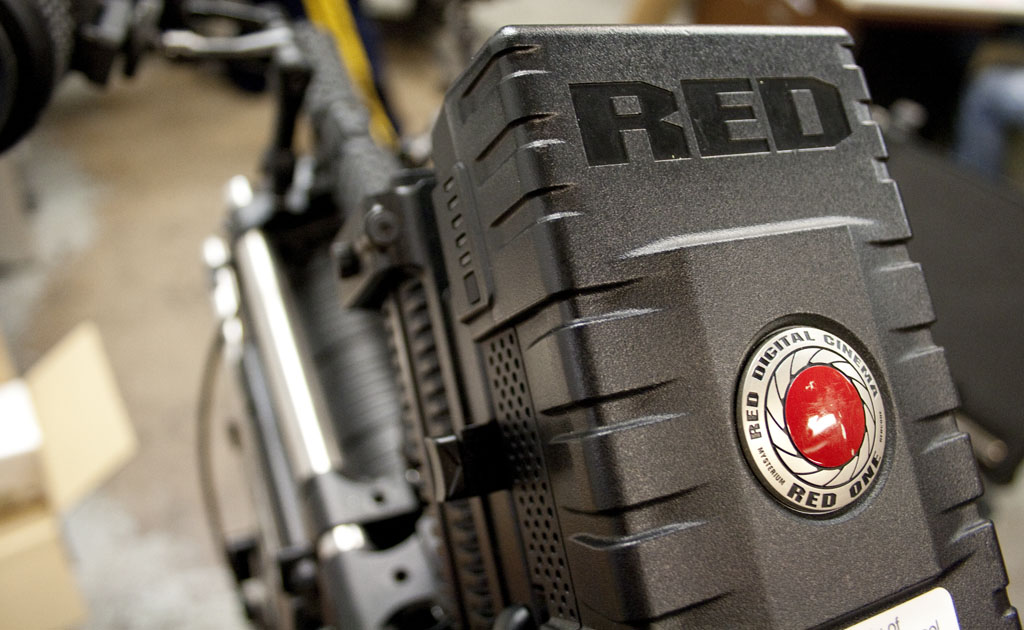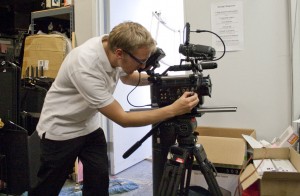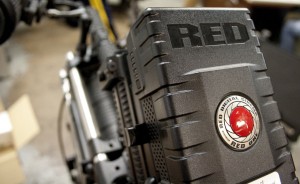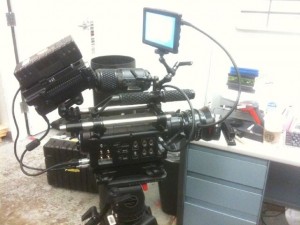Working with the RED is an exhilarating experience.
Just a short time ago, film was the only option for incredible dynamic range and top image quality. With the new Mysterium X sensor by RED, dynamic range is now pushed to somewhere around 13.5 stops. RED continues to push the envelope with their new HDRx technology to be installed on the new Epic and Scarlet.
Capturing raw data off of a highly advanced video sensor is the ultimate colorists dream.
Your ability to manipulate the video in post is absolutely phenomenal. The camera has “looks” settings built in to help the crew determine what the end result might look like, but the camera doesn’t “bake” in these settings. The R3D files it records are RAW, similar to the files that DSLR cameras use for photographs.
For the upcoming project in February, “Prodigal” (working title), I’m choosing to shoot RED over film for a few reasons.
- The new Mysterium-X sensor is rated at ASA 800, which will allow for inclusion of much more ambient light in comparison with even fast stock films. Because 90% of the film takes place at night, I want to be able capture as much information as possible.
- Film cameras have long been loved for their PL mount lenses. The RED is natively setup for PL mount lenses, so you’re instantly ready to use a vast amount of cinematic glass.
- Flexibility in post is huge. While an expensive film stock will still carry more information (because it’s logarithmic instead of linear like digital), REDCODE 42 is more than adequate to supply a lot of flexibility in post to achieve the best look possible.
Shooting at night can be a challenge, but luckily Zeiss has some awesome Superspeed lenses, rated at T1.3. Keeping the lens open at 1.3 will likely be an incredible challenge with a depth of field measured in mere millimeters, however having the option to get that exposure if necessary is comforting. Many DP’s would argue with me and remind me that you choose your aperture and light to whatever that might be. If you want to shoot at t5.6 at night, light for it! And believe me, I whole-heartedly agree. But when you’re dealing with a large set and a very small budget, getting enough lights to produce a large amount of ambient light is… well, not easy.
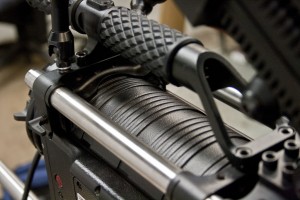
Speaking of budget, compared to shooting in New York or LA, shooting in Colorado, even in Denver, can be a little more expensive. There are a few rental places in town to get lenses and gear from, but the prices are much higher than you’d find in production cities. Without a big rental market to compete for the lowest prices, local companies tend to be more costly. I’ll probably end up getting my lenses shipped in from somewhere else.
More updates to come!
